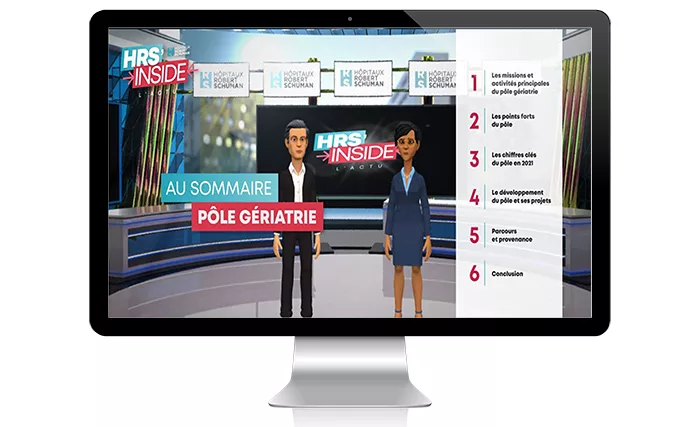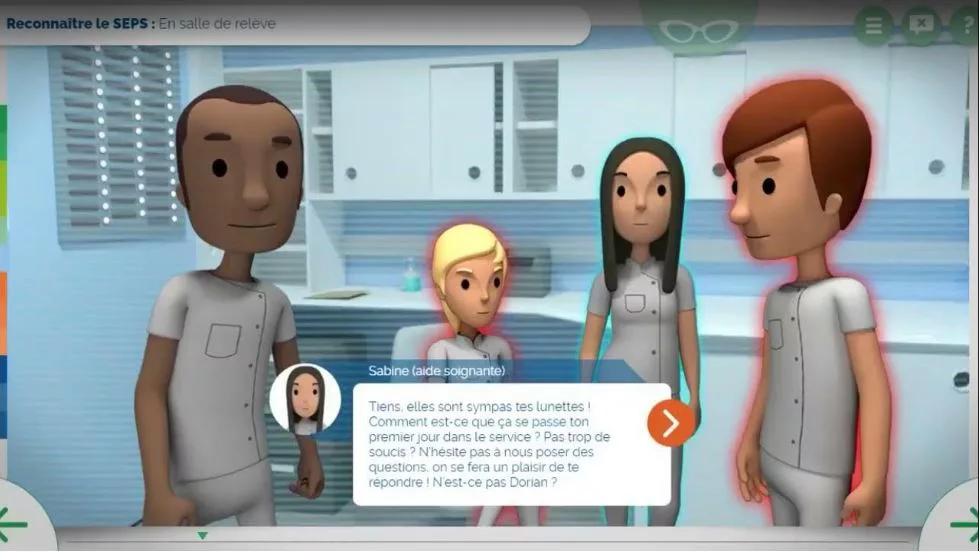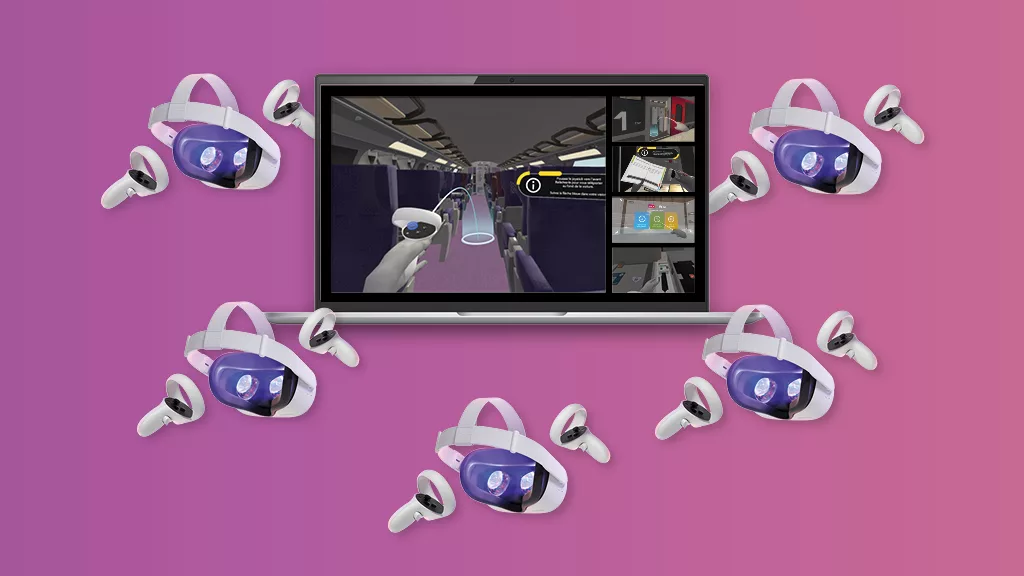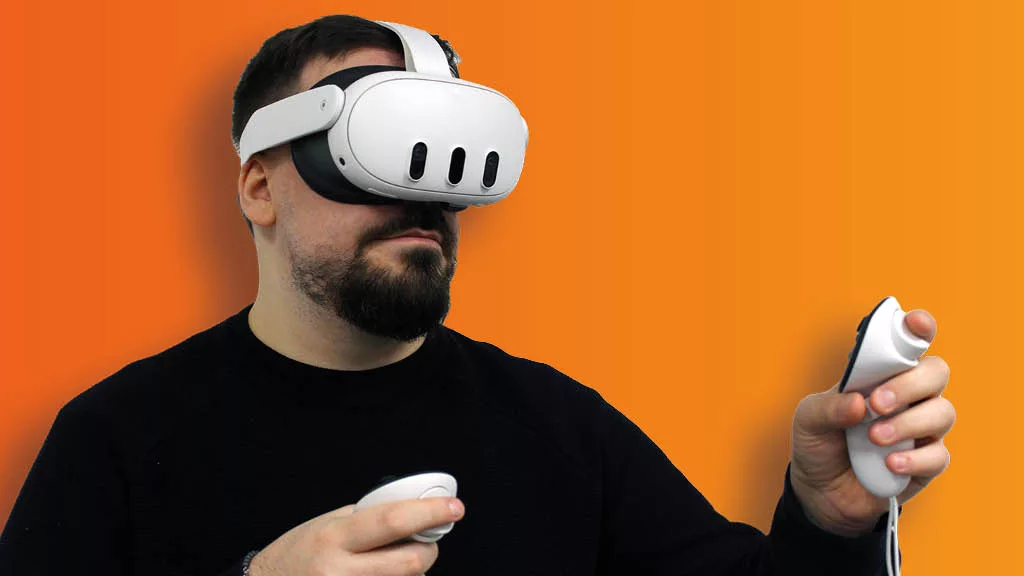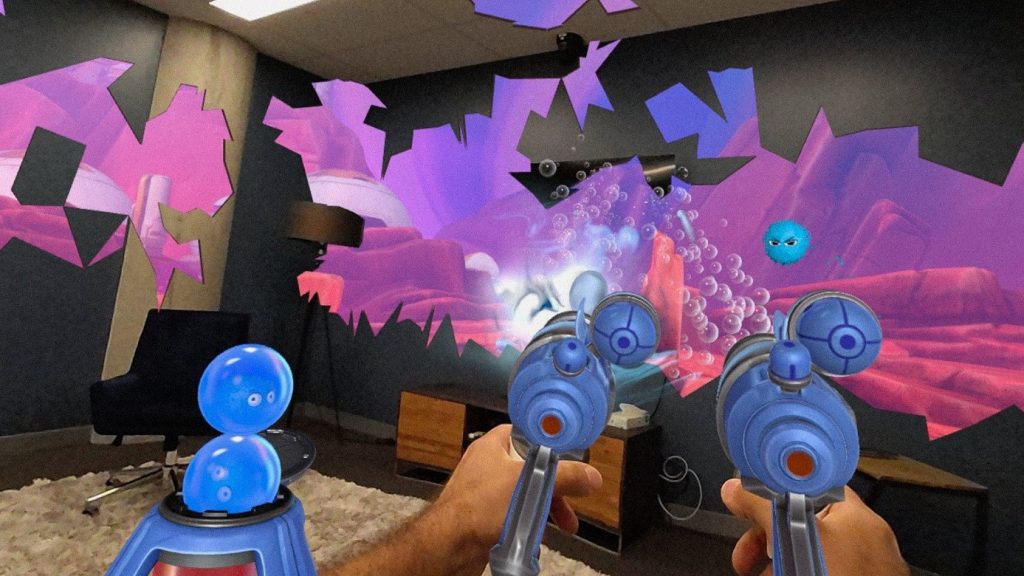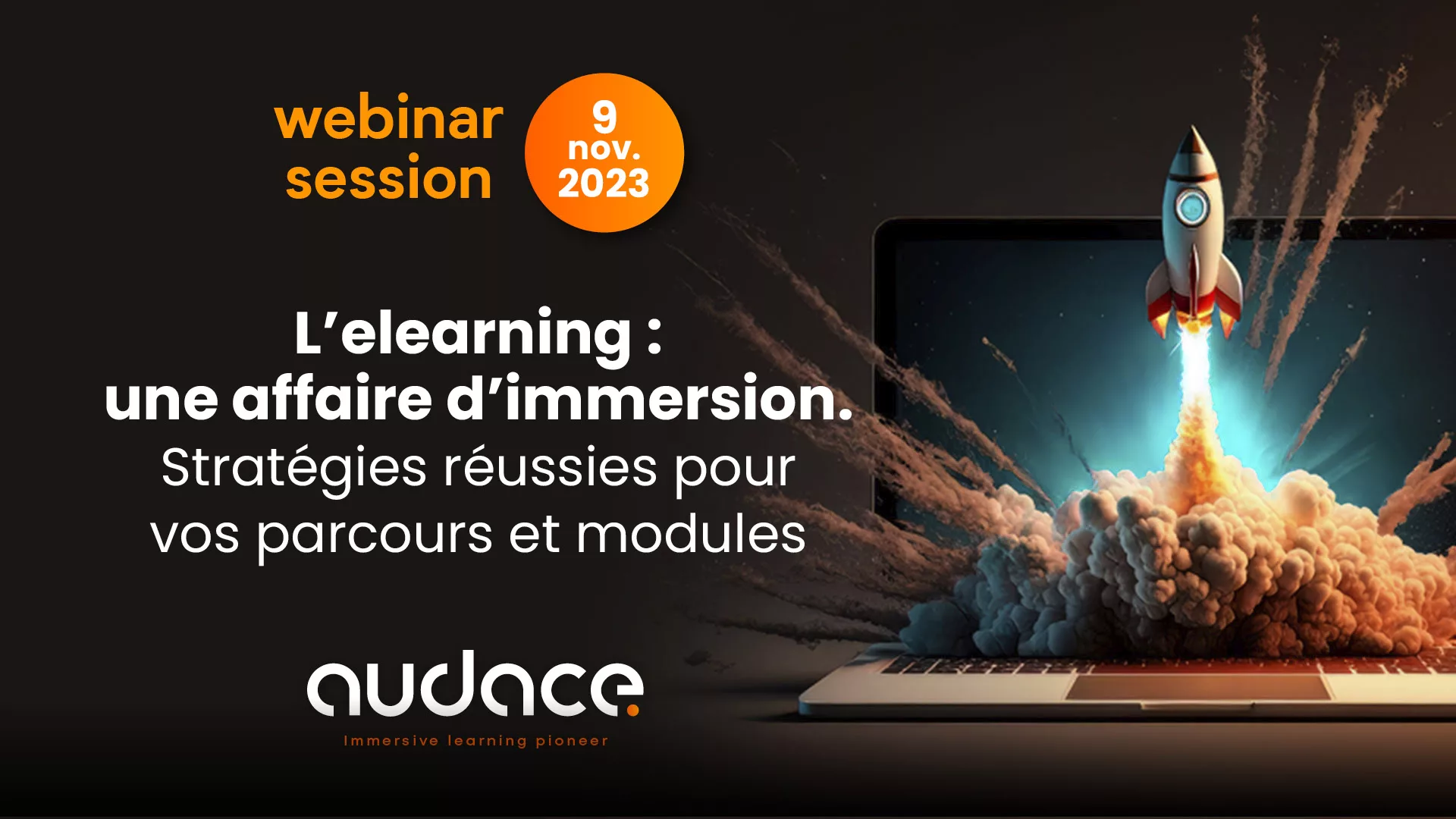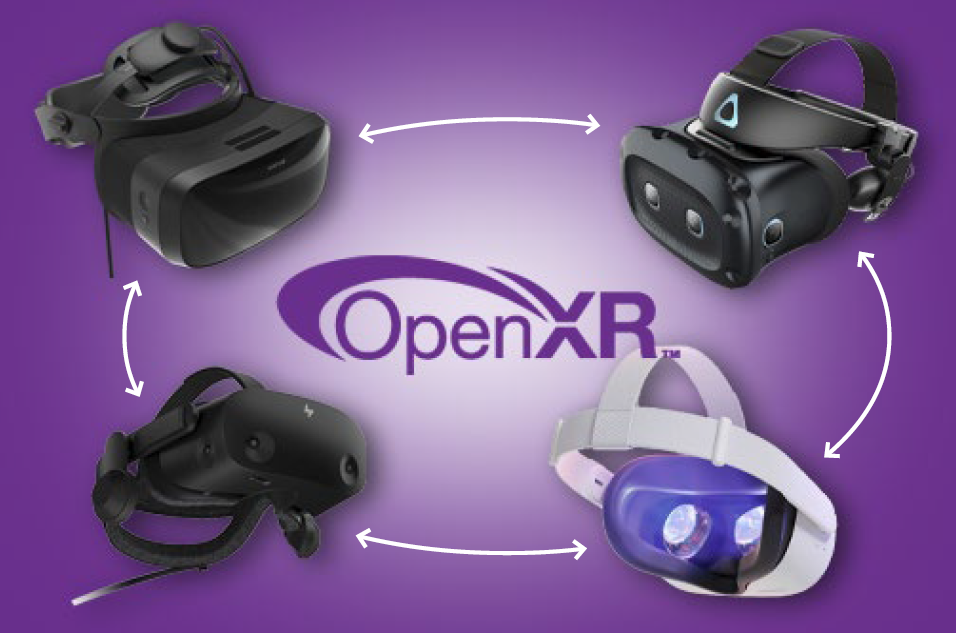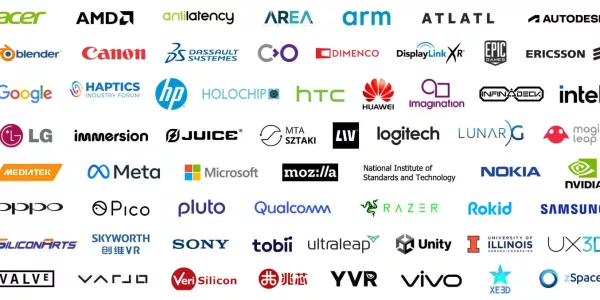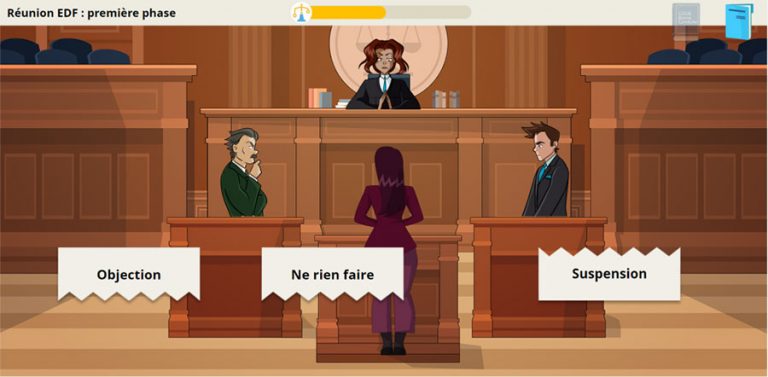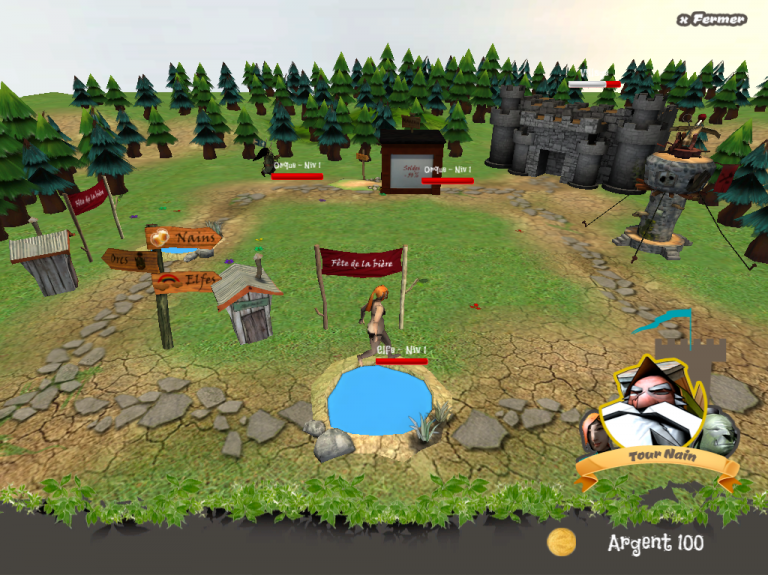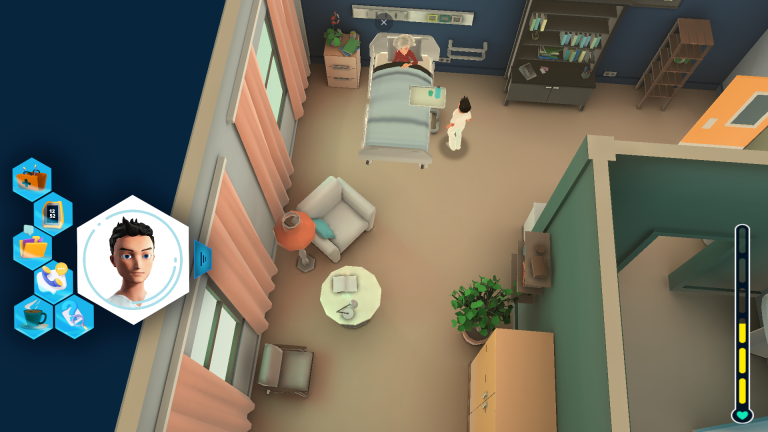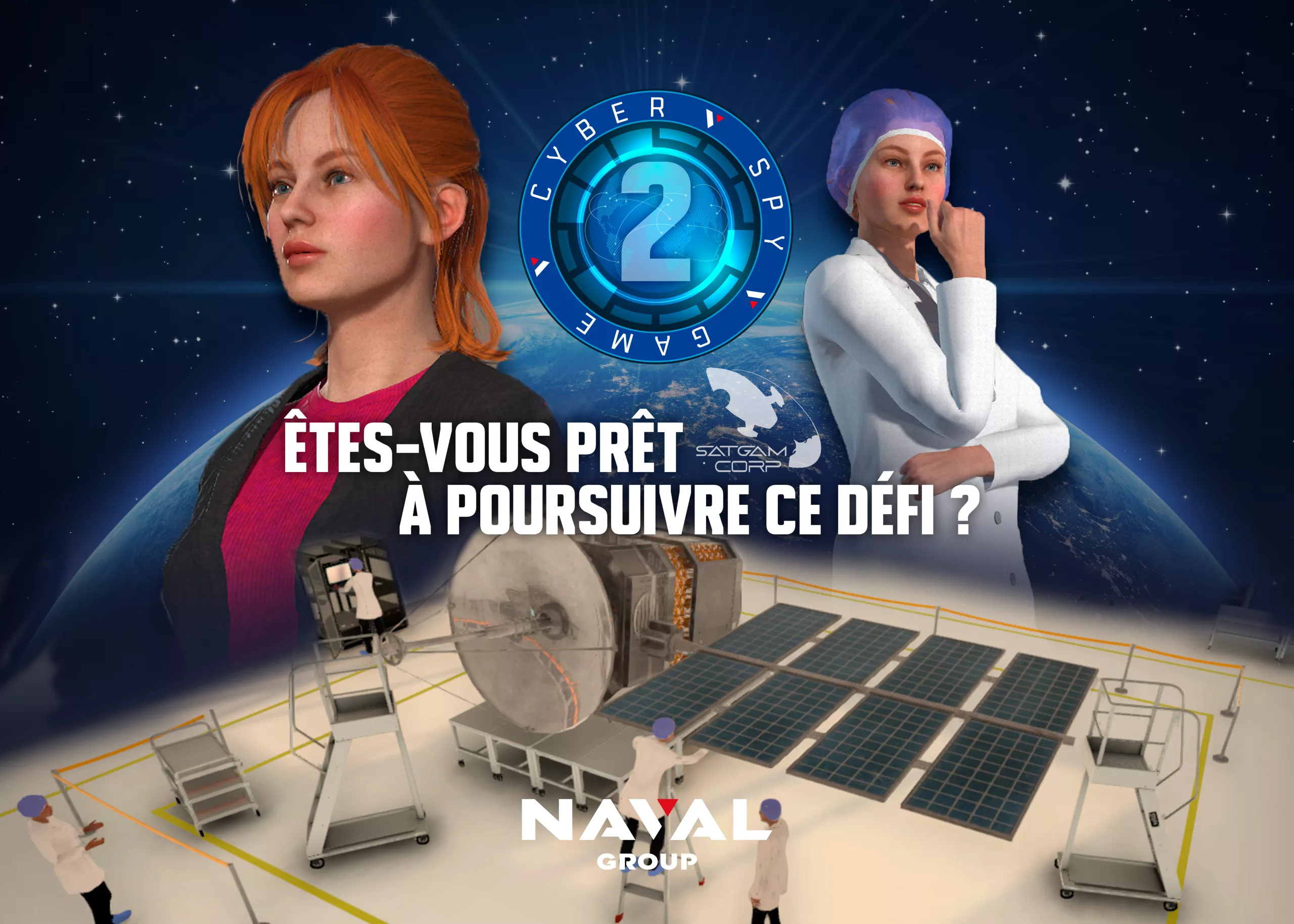Well-managed onboarding has a decisive impact on the success of employees, and therefore of the company. It allows for better job placement, an increase in productivity, greater job satisfaction and, in fact, a reduction in turnover. This is how the Robert Schuman Hospitals Group (HRS), comprising 4 establishments in Luxembourg (2,300 employees and 310 doctors), is launching an innovative onboarding course for its new employees. Developed in collaboration with Audace, this program is part of the HRS Group’s CSR framework, aiming to facilitate the integration of new team members.
The training course consists of 15 modules, all available in French and German. It covers a variety of topics allowing employees to feel welcome, with a welcome video from the group director and the human resources director; to discover the values, the history of the group and its scope of action; to familiarize themselves with the center they will join; to have all the necessary logistical information but also to understand the context of the hospital environment, its challenges and to know the best practices to apply on a daily basis.
TV set as a setting, star presenter, sound jingle, specialists interviewed, special correspondent on site, discovery reports, news flashes, etc. the employee is immersed in a TV show (very inspired) and guided by the presenter Guillaume and his guests.
The storyline choice of the hand-held camera report allows you to immerse yourself in the heart of the HRS group, to get to know its different divisions in depth. Each video introduces interactive educational content.
The icing on the cake is that the learner sometimes takes the place of the guest expert on the set in order to give his opinion via a series of various questions asked throughout the module. After each decision is made, feedback is systematically offered according to the nature of the response for better anchoring in memory.
